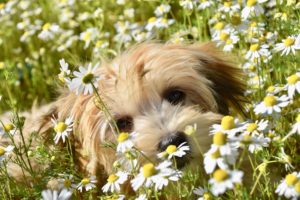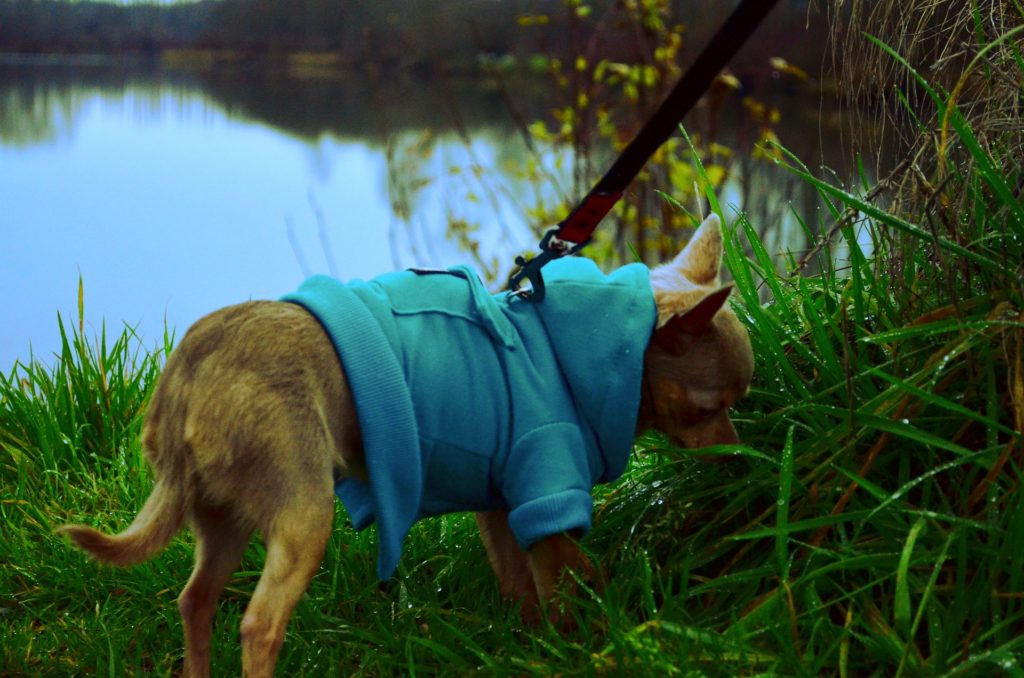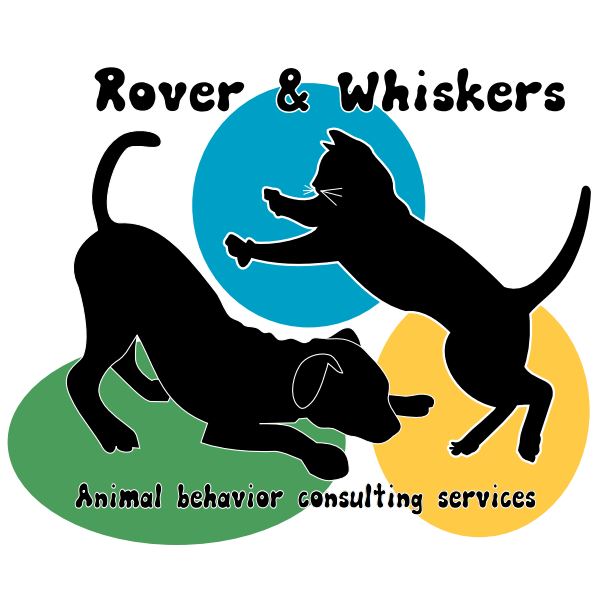
Unfortunately, many dog and even some cat owners find that over the winter their companion has forgotten how to behave outside on a leash. There are many reasons for this common occurrence. Unless you have been dedicated and the weather stayed warm enough to safely walk, your pet is out of practice. We get a little rusty when we don’t practice things we know, so do our furry friends. Those who were able to get out safely and walk in the winter had far fewer other people and dogs also out and about.
Distractions on walks are extremely more prevalent in the spring than they are in the winter. Birds have come back and are singing. Bunnies, gophers, and squirrels are more active. Everyone who has been cooped up all winter wants to get out and enjoy the sunshine. Dogs are spending more time on walks or out in their yards. On top of all these visual and auditory distractions, dogs and cats experience a far more colorful world of scent than we do. The melting snow and increased moisture in the air make it easier to smell so many more things. This adds a layer of distraction that we as humans often don’t consider.
Getting out doesn’t have to be a chaotic experience. Here are some ideas to help you enjoy this spring with your pet.

If you are still struggling on walks or would like some one on one coaching to make faster progress, I would be happy to help.
Here is a video discussing getting out this spring with your furry companion.

